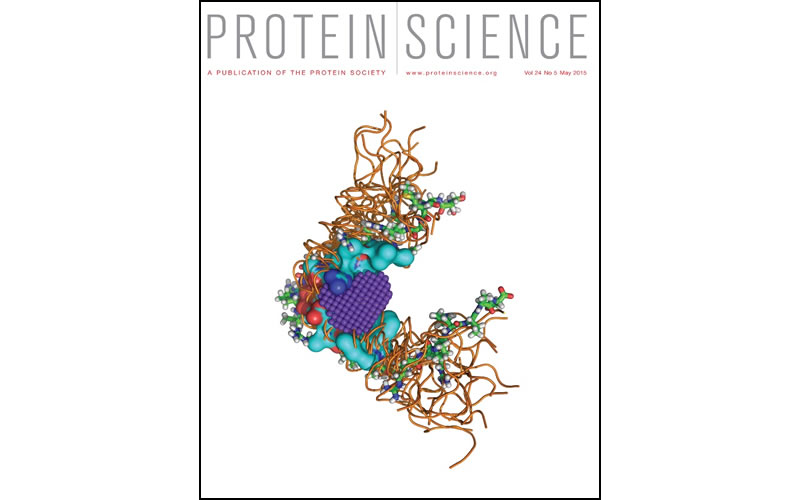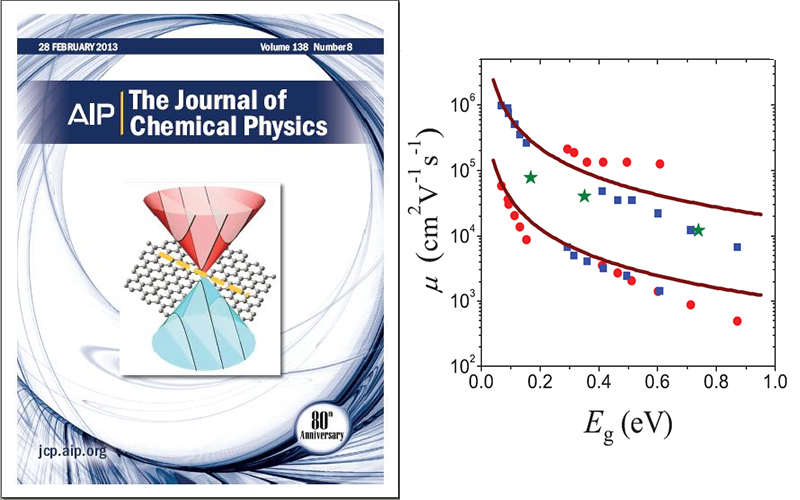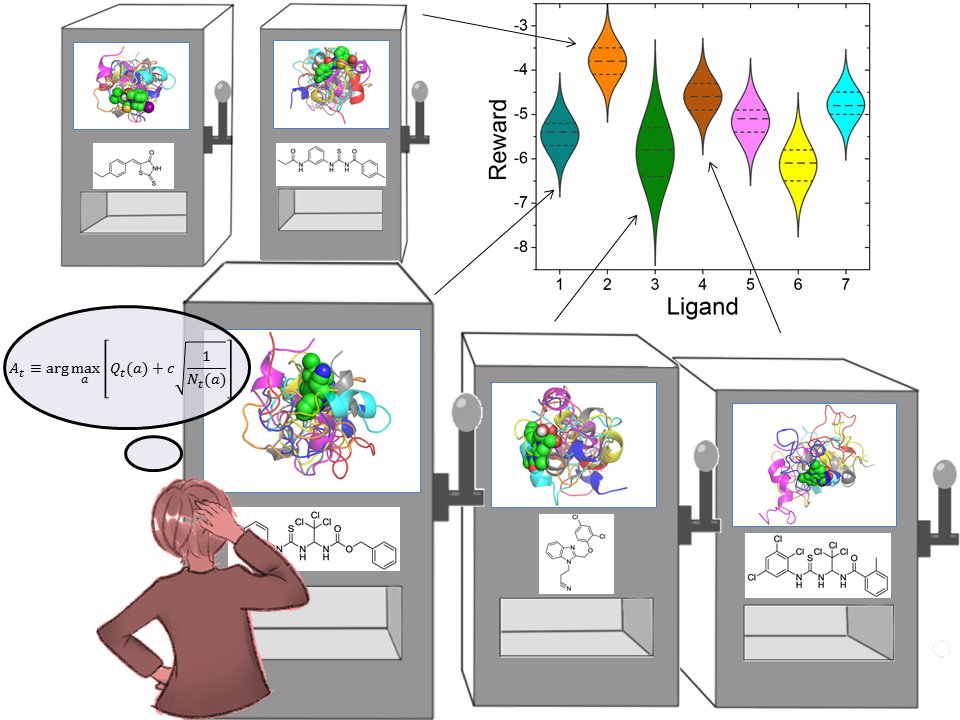Research Directions
We combine theoretical and computational methods to study the properties of biomacromolecules and low-dimensional nanomaterials. Research directions include:
- Intrinsically disordered proteins;
- Two-dimensional materials;
- Machine learning and its applications in chemistry.
1. Intrinsically disordered proteins.
Intrinsically disordered proteins are a kind of special proteins discovered in recent years. They exist widely in organisms. Although they have no unique three-dimensional structure, they possess normal biological functions and participate in many important physiological and pathological processes in cells. The study of intrinsically disordered proteins not only helps to reveal the nature of the relationship between protein structure and function, but also provides new ideas for the treatment of many diseases. By means of theoretical analysis and computer simulation, we study the conformation statistics and molecular recognition of intrinsically disordered proteins, and reveal the underlying microscopic mechanism, so as to provide conceptual reference for related experimental research and application.

[1] Luhao Zhang, MaoDong Li and Zhirong Liu*. A comprehensive ensemble model for comparing the allosteric effect of ordered and disordered proteins. PLOS Comput. Biol. 14 (12), e1006393/1-22 (2018).
[2] Zhirong Liu* and Yongqi Huang. Advantages of proteins being disordered. Protein. Sci. 23 (5), 539-550 (2014). (invited review)
[3] Yongqi Huang and Zhirong Liu*. Kinetic advantage of intrinsically disordered proteins in coupled folding-binding process: a critical assessment of the "fly-casting" mechanism. J. Mol. Biol. 393 (5), 1143-1159 (2009).
2. Two-dimensional materials
Two-dimensional materials (such as graphene) has many novel properties, and thus becomes an active research topic. We develop relevant models and methods to systematically study the band structure, transport properties and electron-phonon-photon interaction of two-dimensional nanomaterials by first principles calculations. The specific research contents include: the carrier mobility of two-dimensional materials; the modification of band structure by strain; Raman spectroscopy of two-dimensional materials; charge transfer.

[1] Jinying Wang, Shibin Deng, Zhongfan Liu, and Zhirong Liu*. The rare two-dimensional materials with Dirac cones. Natl. Sci. Rev. 2 (1), 22-39 (2015).
[2] Zhenzhu Li, Jinying Wang, and Zhirong Liu*. Intrinsic carrier mobility of Dirac cones: the limitations of deformation potential theory. J. Chem. Phys. 141 (14), 144107/1-9 (2014).
[3] Yang Li, Xiaowei Jiang, Zhongfan Liu, and Zhirong Liu*. Strain effects in graphene and graphene nanoribbons: the underlying mechanism. Nano Res. 3 (8), 545-556 (2010).
3. Machine learning and its applications in chemistry
Driven by the deep learning, the field of machine learning and artificial intelligence has made rapid development in recent years, which has also had a significant impact on many disciplines, including chemistry. In view of the challenges and opportunities that machine learning may bring to chemistry, we actively explore the application of machine learning (especially reinforcement learning) in chemistry. For example, we modified the UCB algorithm of the multi-arm slot machine problem for drug screening of intrinsically disordered proteins, which greatly improved the efficiency of screening.

[1] Bin Chong, Yingguang Yang, Zi-Le Wang, Han Xing, and Zhirong Liu*. Reinforcement learning to boost molecular docking upon protein conformational ensemble. Phys. Chem. Chem. Phys. 23 (11), 6800-6806 (2021).
[2] Fan Jin and Zhirong Liu*. Inherent relationships among different biophysical prediction methods for intrinsically disordered proteins. Biophys. J. 104 (2), 488-495 (2013).

